Whether you are planning new water points or repairing old ones, you will not want to miss our TIPS below.
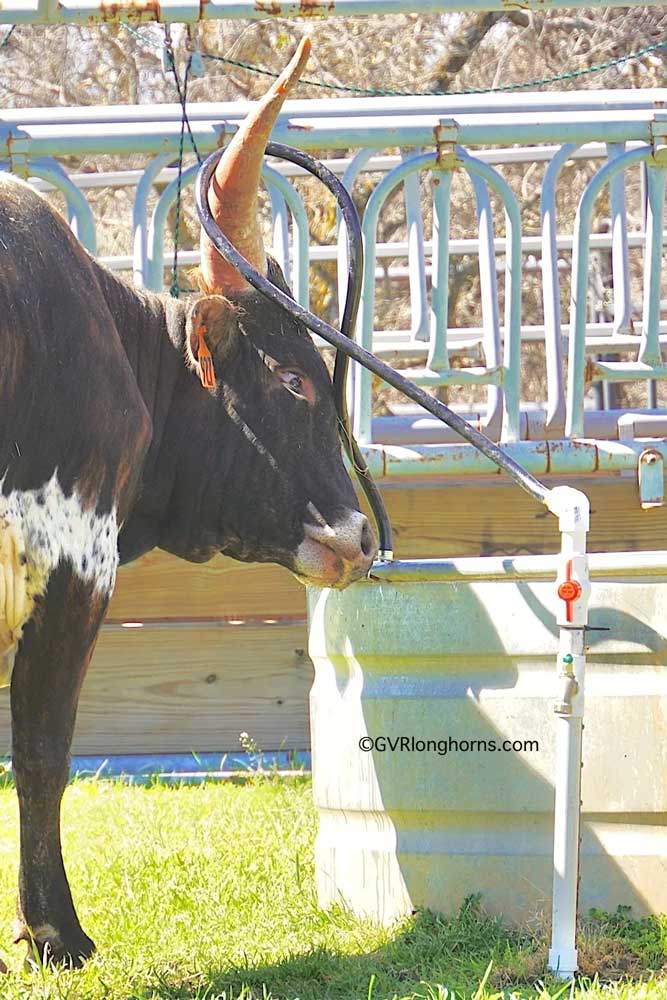
For your own Texas longhorn cattle, don’t forget to visit our SALEBARN
Water is crucial for the survival of our Texas Longhorn cattle. Chances are that the Old Farmer’s Almanac is not your go-to literature of choice. However, you may be aware that drought conditions were projected for last year. 2021 had an above-average wet spring, which did not roll into the late summer months, and rainfall totals towards October were expected to be below average, which indeed they were.
The summer of 2022 was even more severe. We experienced rainfall deficits of close to 30″ by the end of the summer months.
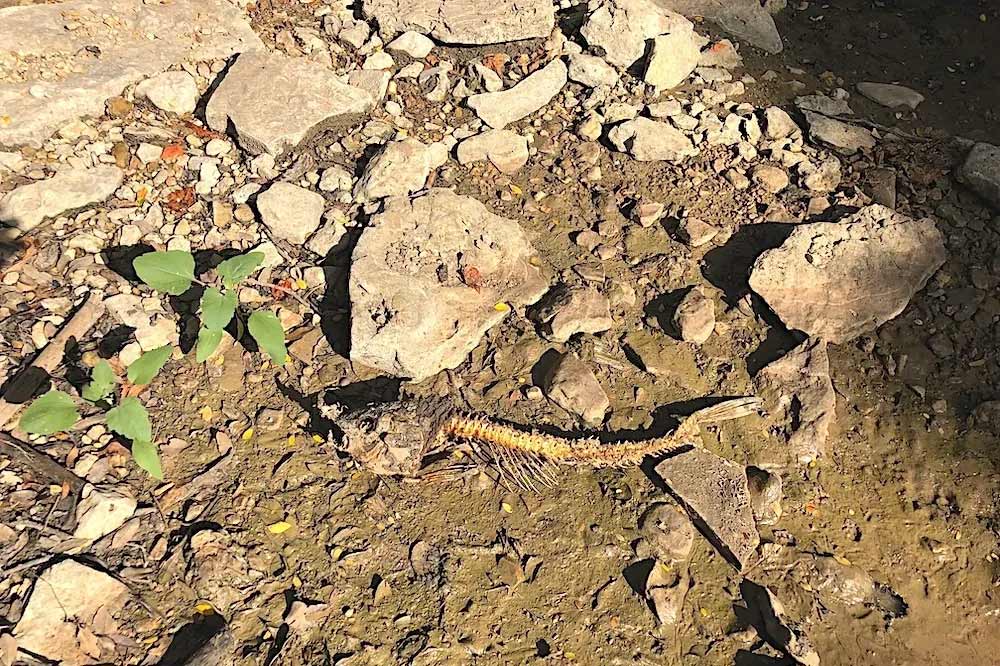
We all know that summer in Texas is not for the faint-hearted.
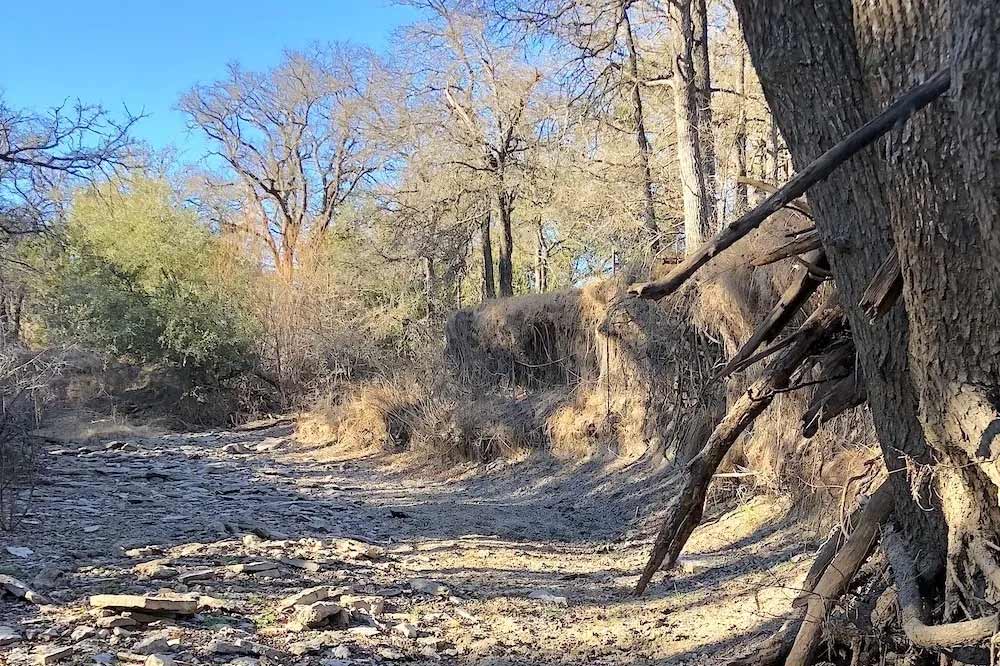
In a dry summer, a secure water source is an essential requirement before you bring your longhorns home.
On the opposite end of the weather spectrum, it’s hard to think of frozen water during the hottest days of summer. It is necessary to plan for both.
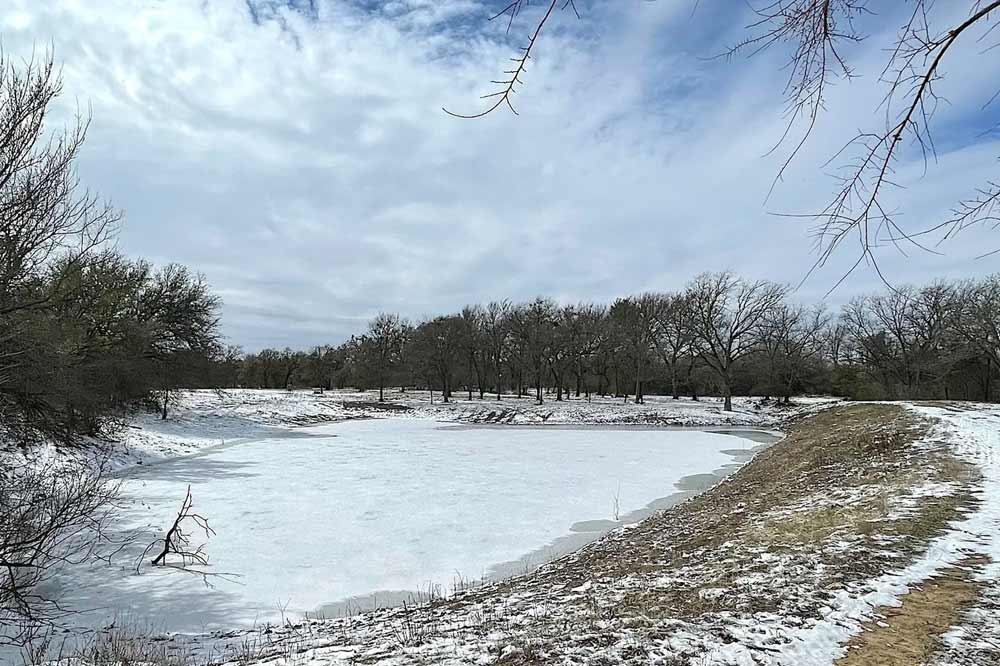
Water-related issues have been the topic in many of our Texas Longhorn Blog Posts, to name two:-
16 Tips for Texas longhorn cattle ranchers in Texas -(tip number 5)
7 Points to Ponder when Building a Stock Tank
channeling the basics…..
We know our Texas longhorn cattle require water but HOW MUCH DO THEY DRINK?
We use beef cattle statistics as a guide to ensure adequate water for our longhorn cattle herd at all times, even though we assume that Texas Longhorns can withstand harsh conditions more readily than many other breeds of cattle.

According to The Texas Agricultural Extension Service a beef cow(heifer) weighing 1200 pounds will drink an estimate of up to 23 gallons of water a day in the summer months. The amount of dry matter that an animal consumes, as well as the actual environmental temperatures, affect these water consumptions estimates and a cow that is lactating will drink considerably more. All the same, an idea of what one needs in water supply to maintain a herd of cattle for a day helps put the situation in perspective if a water supply should suddenly dry up.
A lack of water can be a matter of life or death to livestock.
The sudden loss of water is hard to pre-empt. Coincidentally, many Texans experienced the consequences of water contamination during the Polar Vortex in February 2021, even though contamination can occur any time. Seasonal water shortages are however more of what we expect.
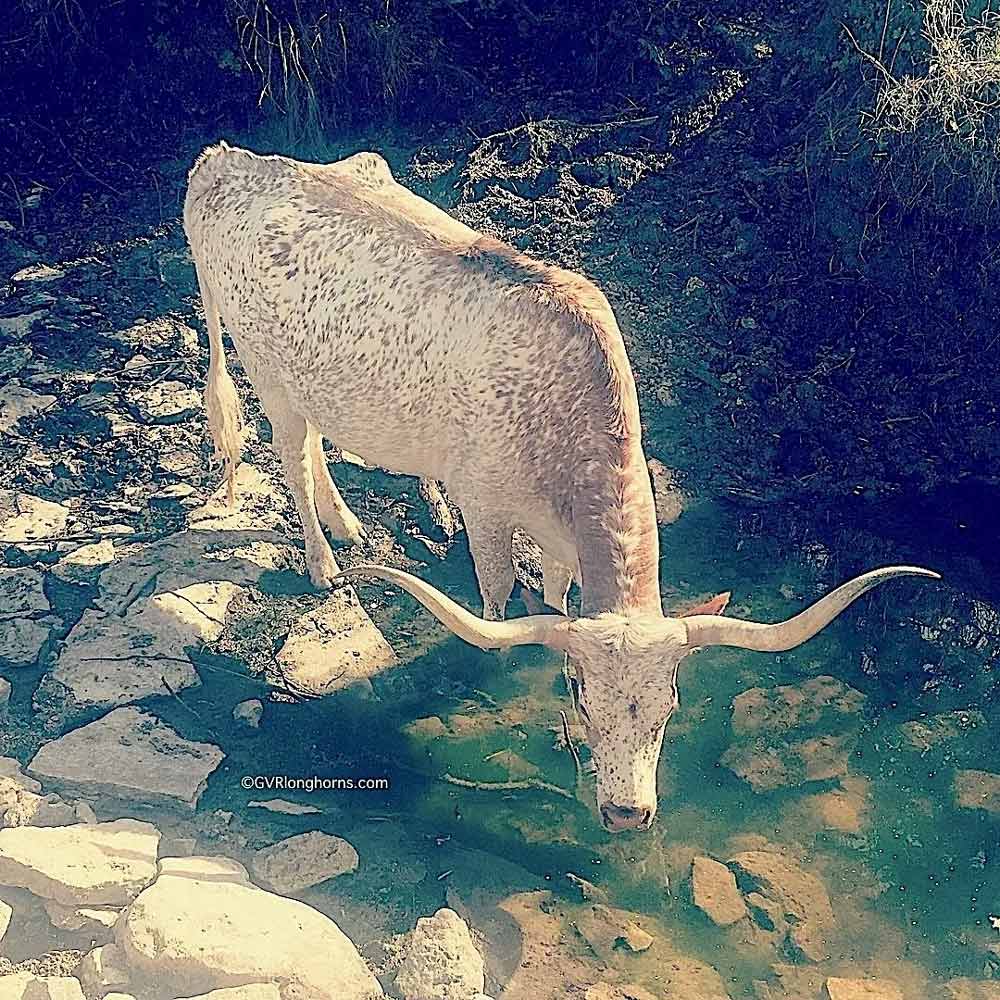
In a cold winter
- Faucets freeze
- Pipes burst
- Stock tanks ice up
- Ponds can become a drowning hazard.
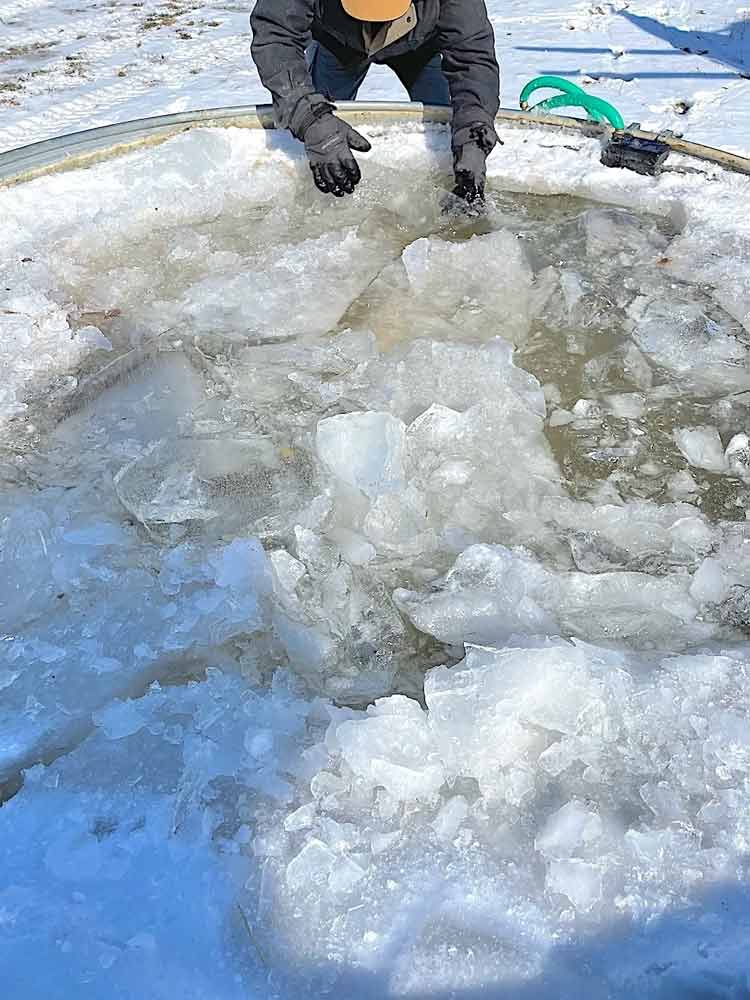
Losing power at any time of the year will no doubt put a strain on water accessed from a well. We experienced this in February of 2021.
Our experience during the Polar Vortex prompted us to make some additional changes to our water reticulation system.

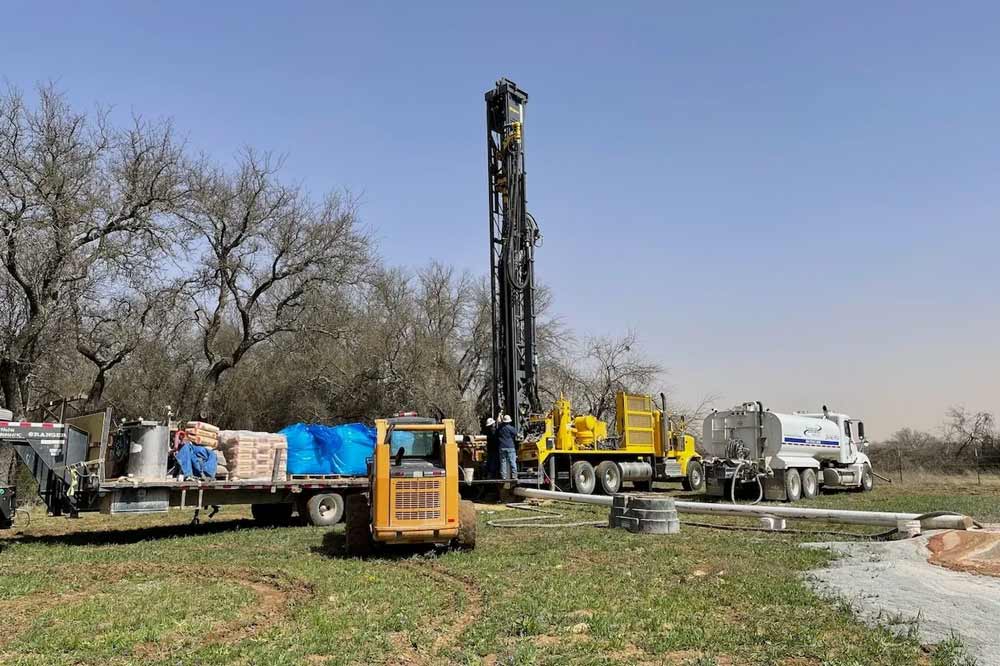
A few years ago, we upgraded our entire water system. When we added wells on our property, we upgraded many water points and added supplemental outlets.
Although the initial outlay was costly, we expected to save in the long run on peace of mind and on maintenance costs. That’s not to say that all repairs were eliminated, but we certainly aim to reduce water pipe damage on a day-to-day basis.
It is likely that all the parameters that work for us will work for you, but if they do, we have included some diagrams of installations with pictures of the parts we used.
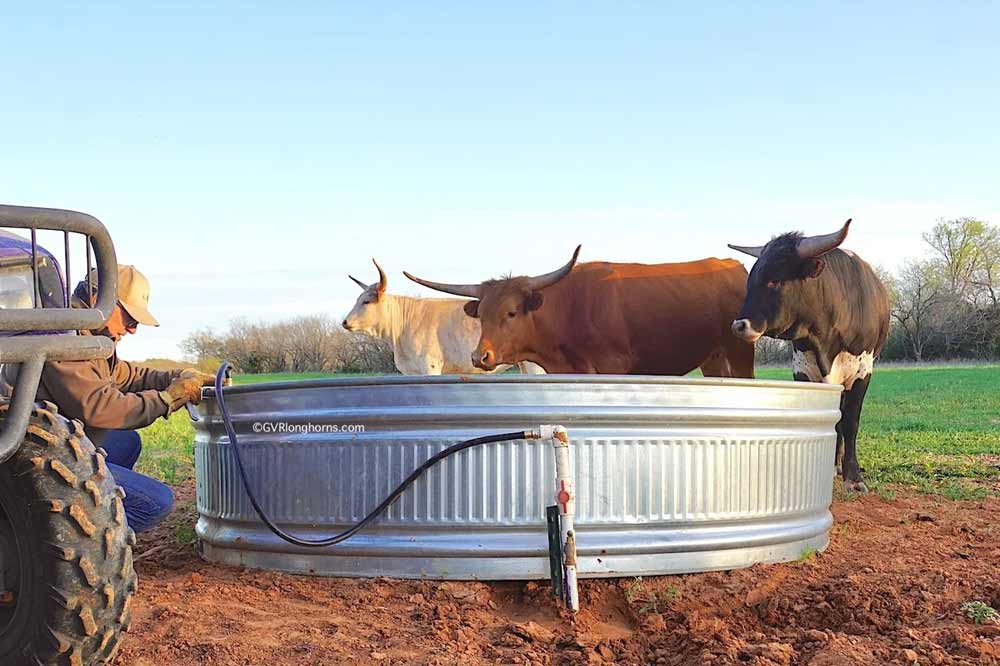
Here is a breakdown of our plan. It may not be ‘watertight’, but we think it is an improvement on what we had
So, let’s start with the obvious……..
Step one – Bury all water pipes.
Digging trenches – one of those things most of us put on the “To Do list” and look at for an eternity, or at least for longer than it takes to eventually install. Our good sense is a continual reminder that exposed pipes are a tripping hazard, and the joints are weakened when driven over. In summer, buried pipes help keep water cooler. In winter, unless winterized or continually flowing with water, pipes buried underground are protected from freezing.
As a note, we do not have a frost line guideline in our county, and for the most part, we do not experience prolonged temperatures below freezing. However, we still bury our pipes between 12″ and 18″ deep. Check with your county if you are new to an area and concerned of the possibility of prolonged ‘below freezing’ temperatures.
Step two – Well water in pastures
For the longest time, we relied solely on the knowledge of the presence of a natural source of water in some of our pastures. We brainstormed every possibility to get well water to all our pastures, even those that have a constant natural source of water. Although this may not be a viable option in your particular circumstances, the presence of additional stock tanks ensures additional capacity for extra water in the most extreme of circumstances.

Our longest water line away from a well is around 2000 feet. On one line, around 1600 feet long, we have 6 different water points, all servicing separate pastures. We have found that the most cost-effective and most durable pipe to use for these long runs is 300ft 100 PSI poly pipe, as opposed to PVC.
Step Three – Bury all water pipes!!
Step Four – Power up
An electric source near a water trough is great in the winter. Water heaters help keep the water temperature and prevent the surface from icing over. Of course, this won’t work if you lose power and do not have a generator. However, it certainly does provide peace of mind through those cold winter nights and in the mornings when you would otherwise have to bundle up to break the surface.
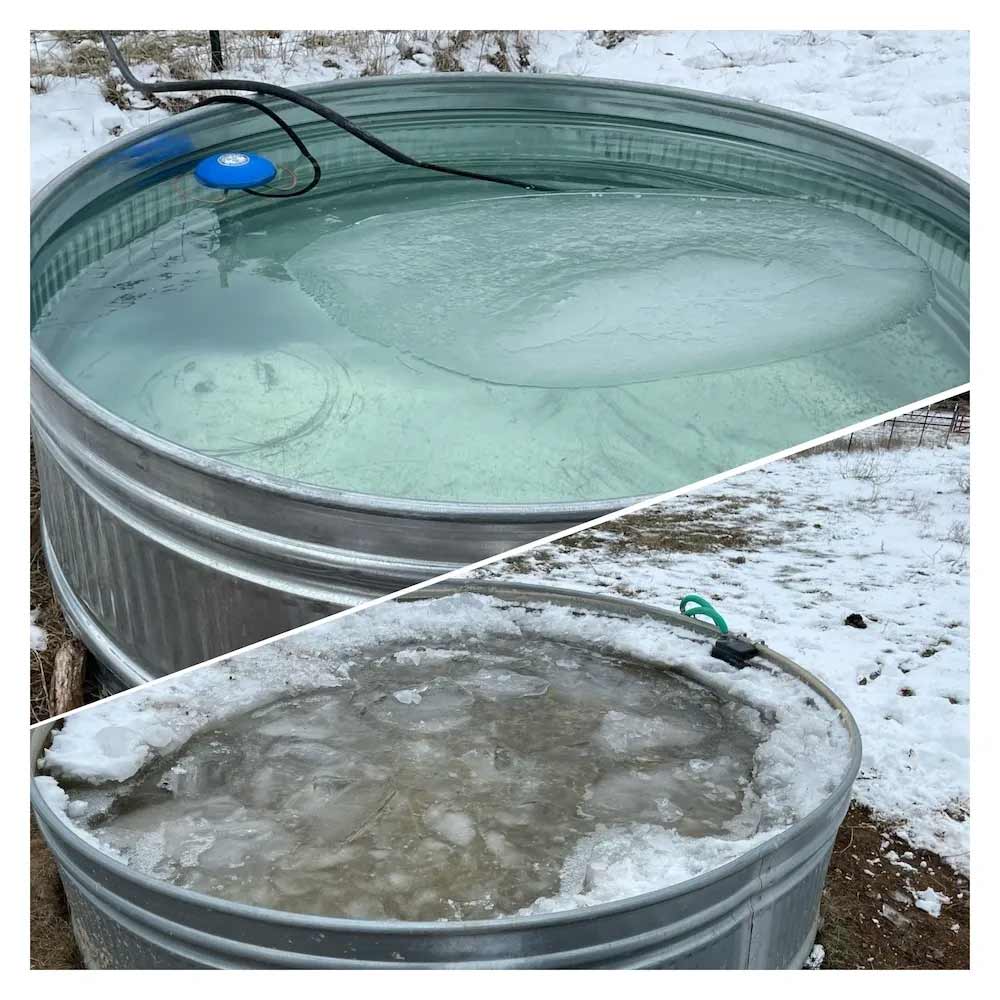
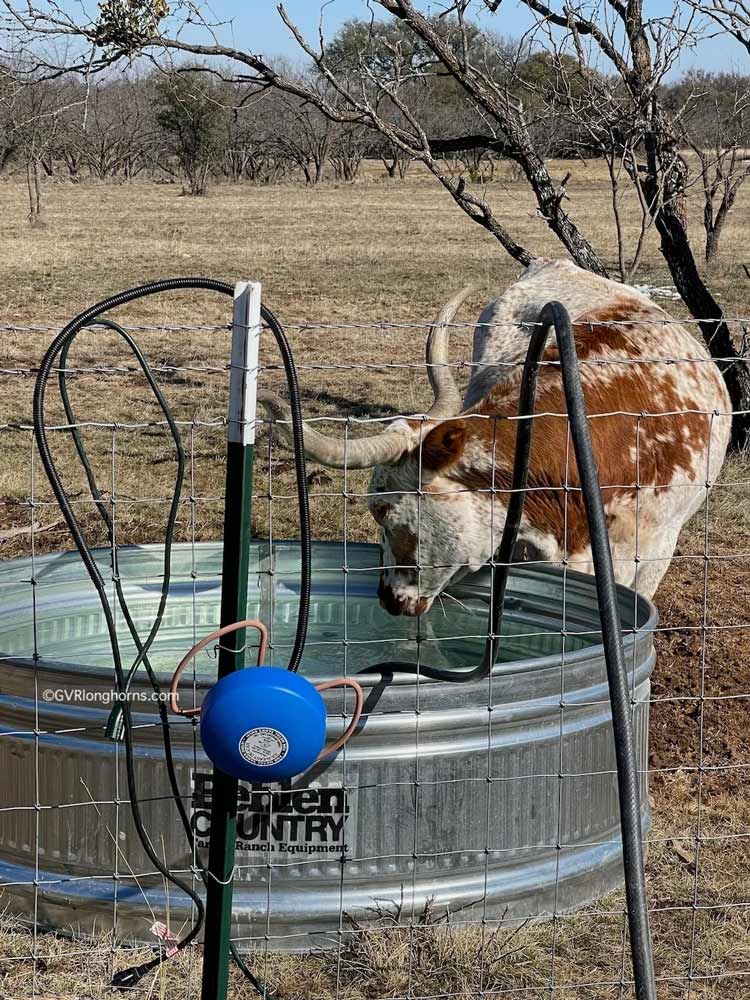
Step Five – install frost-proof hydrants
Frost-proof hydrants are more expensive than the regular faucet, but over time will be well worth the initial cost. The installation is also a little more involved, but if you are not into burst pipe repair, you probably will not regret the extra effort.
Follow our illustrated guideline on the installation of two similar but different frost-proof faucet/hydrant ideas.
1. Frost-free hydrant
An effective Frost Free solution to winterize a water point and prevent damage from freezing.
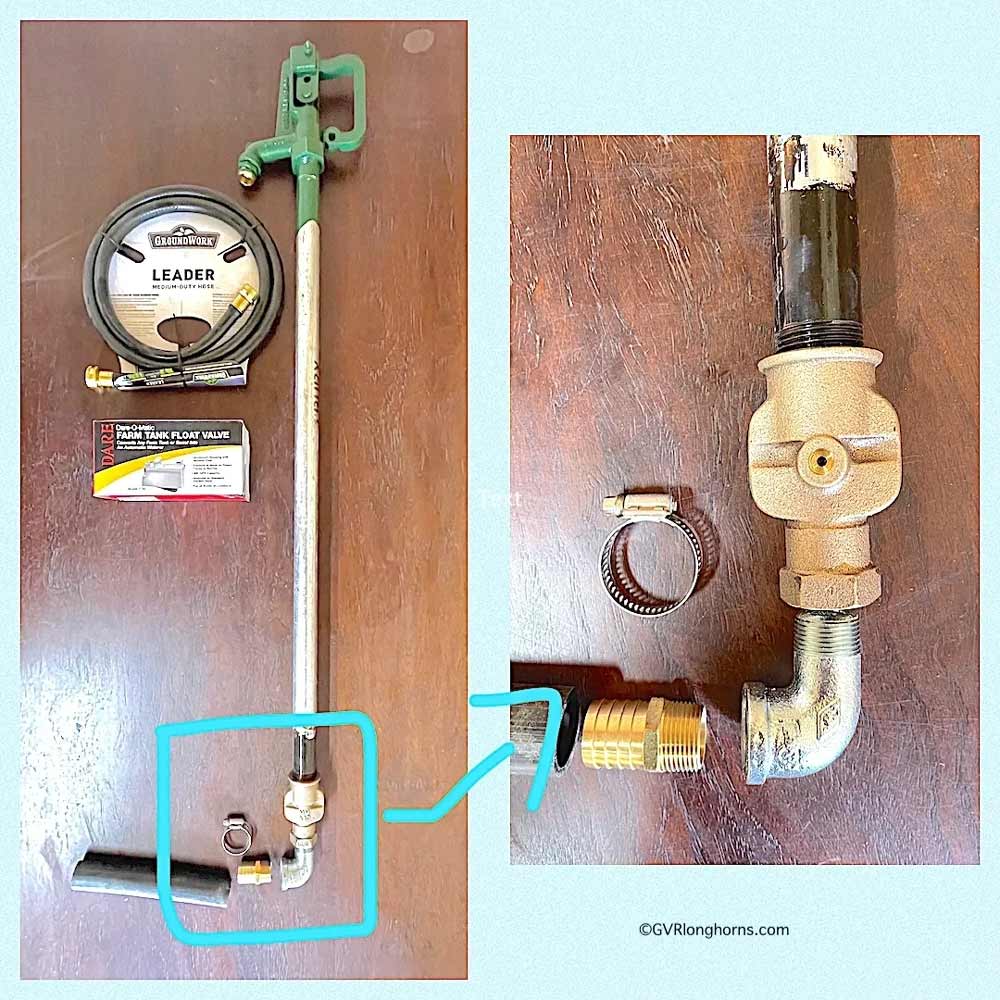

2. A quick-fix solution to burst PVC fittings
During the big freeze, buried pipes did not freeze.
When pipes do burst, however, this is how we repair them.
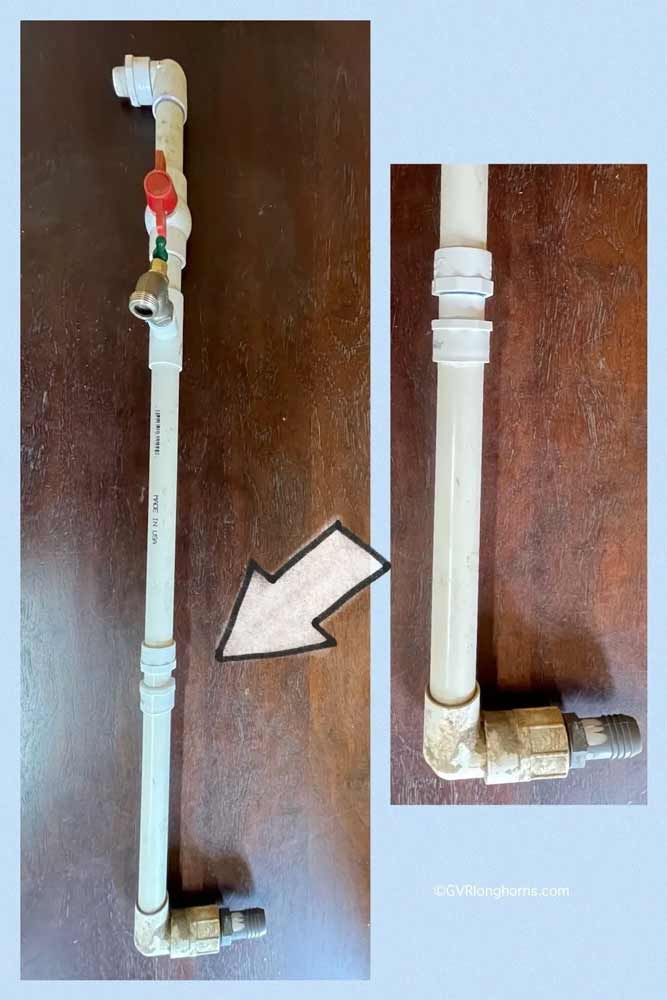
It’s best to secure your faucets to a steel stake or rod. It is essential to do so if using a connector on a PVC pipe, as we illustrated above.
As a last note, writing this blog post forced us to reflect on how our water faucets have evolved…..
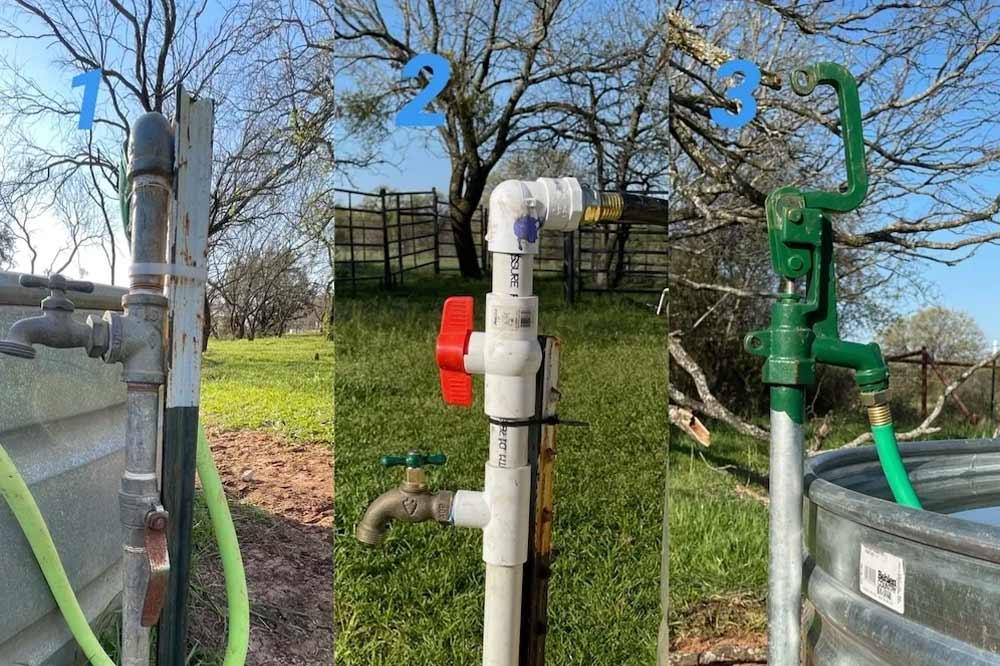
A note of thanks:
To our loyal COWMOOnity, thank you so much for taking the time to read our BLOG. We appreciate your loyal support. We also appreciate your ideas. If you have other great ideas to enhance this post or ideas for a new post, please let us know. We are enthooosiastically eager to Moo with Yoo.
Reference:
https://agrilifetoday.tamu.edu/2020/06/23/diagnostic-guidance-keep-cattle-hydrated-and-healthy/
Disclaimer: All material noted above is based on our hands- on experience as ranchers, as well as our observations of our own cattle over the years. We have done and continue to do extensive research in order to maintain our herd‘s optimum health. However, all opinions and statements made on our website are meant as guidelines only. We are not qualified statisticians/ veterinarians and urge you to consult a specialist with your concerns. Content of this blog belongs to GVR Longhorns LLC and may not be copied in any form. ©GVRlonghorns.com All rights reserved.
